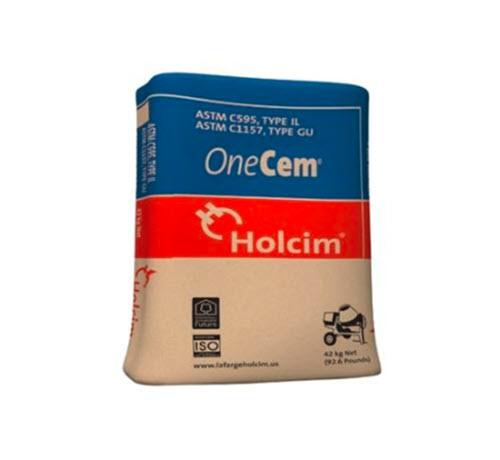Description
Holcim Cement: A Pillar of Sustainable Construction
Introduction
Holcim Cement is a global leader in the building materials industry, renowned for its commitment to sustainability and innovation. With a history that dates back over a century, Holcim has evolved into a powerhouse that not only supplies high-quality cement but also plays a pivotal role in promoting sustainable construction practices worldwide.
A Legacy of Innovation
Founded in 1912 in Switzerland, Holcim (formerly known as Holcim Ltd) has established a reputation for quality and reliability. The company has been at the forefront of cement production, continually adapting to meet the needs of a rapidly changing construction landscape. Over the years, Holcim has pioneered several technological advancements, including the development of innovative cement types that improve durability and performance while reducing environmental impact.
Commitment to Sustainability
In recent years, Holcim has intensified its efforts towards sustainability, recognizing the pressing need to address climate change and resource scarcity. The company has set ambitious targets to reduce carbon emissions, with a goal of becoming a net-zero company by 2050. This commitment is reflected in its adoption of alternative fuels and raw materials, which not only lower the carbon footprint of cement production but also promote a circular economy.
Holcim’s initiatives include:
- Carbon Capture Technologies: Investing in advanced technologies to capture CO2 emissions from its production processes.
- Sustainable Product Range: Offering eco-friendly products, such as low-carbon cements and blended cements that utilize recycled materials, thereby minimizing environmental impact.
- Energy Efficiency: Implementing energy-efficient practices across all facilities to reduce energy consumption and associated emissions.
Global Reach, Local Impact
With operations in over 70 countries, Holcim Cement serves a diverse range of markets, from residential construction to large infrastructure projects. The company emphasizes local engagement, tailoring its products and services to meet the specific needs of communities. Holcim collaborates with architects, engineers, and builders to promote sustainable building practices, helping clients achieve their own sustainability goals.
Case Studies: Holcim in Action
Holcim’s commitment to sustainability is exemplified in several notable projects worldwide. For instance, the company played a crucial role in the construction of the world’s first zero-energy hospital in Italy, using sustainable materials and innovative construction methods to minimize environmental impact.
In another project, Holcim partnered with a leading construction firm in the United States to develop a state-of-the-art facility that achieved LEED certification, demonstrating the feasibility of green building practices without compromising on quality or performance.
Challenges and Future Directions
Despite its progress, Holcim faces several challenges, including fluctuating raw material prices, regulatory changes, and the urgent need to adapt to a more circular economy. The company is actively working on strategies to overcome these hurdles by investing in research and development and collaborating with industry stakeholders to advance sustainable construction practices.
Looking ahead, Holcim aims to lead the way in redefining the construction industry by embracing innovative technologies, fostering partnerships, and advocating for policies that support sustainable development. The company’s ongoing commitment to reducing its environmental footprint while delivering high-quality products positions it as a frontrunner in the global construction materials market.
Conclusion
Holcim Cement stands as a testament to the power of innovation and sustainability in the construction industry. As it continues to navigate the challenges of a rapidly changing world, Holcim remains dedicated to building a more sustainable future. Through its initiatives, products, and partnerships, Holcim not only meets the demands of the present but also paves the way for a resilient and sustainable tomorrow in construction.















